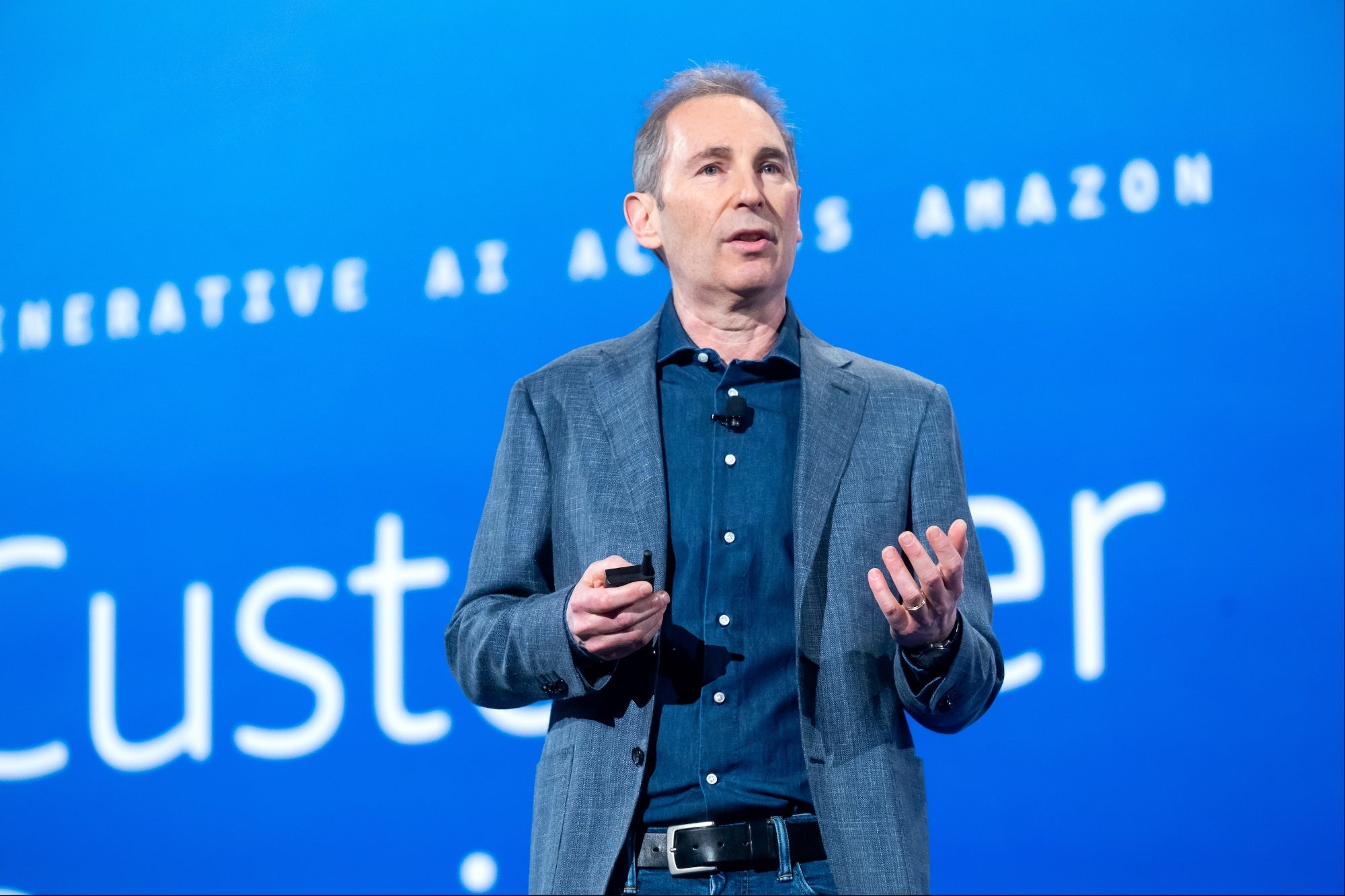These Steps will Help You in Creating Brand Awareness By studying the industry and peers, you will know exactly what areas to concentrate and build upon so as to create a clear differentiation
By Rashi Narang
Opinions expressed by Entrepreneur contributors are their own.
You're reading Entrepreneur India, an international franchise of Entrepreneur Media.

Brand Building is a multi-dimensional ongoing process that not only helps businesses grow significantly in numbers but also ups consumer awareness of a brand and their affinity towards it. According to Nielson's Global New Product Innovation Survey, 59% of consumers prefer to buy new products from brands familiar to them. It is therefore imperative to Invest in Brand Awareness in order to help build the brand's worth, identity and credibility.
The recent explosion of social media and digital mediums has given many businesses ample platform and opportunity to enhance their brand equity and consumer perception. It has given brands an effective and efficient medium to reach out to its audience without intervention, which is hugely enabling and liberating. Building long-term brand awareness entails creating a unique personality for your brand; one that its potential customers/audiences identify with. Aside from social media, few critical tools to deploy while forming a personality for your brand and creating an ongoing recall are as follows:
o Environment (storefront or office)
o Print, signage, packaging
o Website
o Content
o Customer Relations & Service
Aside from the above key tools, few steps integral to building brand awareness are as follows:
1. Identify Your Audience
While building brands, it is important to understand and keep it mind who your audience is and what do you want to communicate to them. It is also important for brands to understand, no matter what product/service you may be offering, you will end up catering to only a certain set of audience and in the process alienate some others. No brand can be universally identifiable and cannot appeal to the senses of audiences across age group, ethnicity, geography, class etc. It is therefore essential that the brand in question is well aware of who its audience is and what it wants to communicate to them
2. Define Your Brand's Mission
After identifying the key audience, what must follow is what is it that your brand stands for. Establishing your brand's ideology and what it offers can help bridge gaps between the brand and its audience significantly. It is also important to reiterate your brand's ideology through different means frequently enough so that it gets deeply engrained in the mind of your audience.
3. Know Your Industry and Your Peers Well
A good study of the industry will not only give one an insight into what worked well in the past but will also help you improvise on your brand and make it more cutting edge. It will help you streamline your own product/service better. Many Intelligent brands have used their competitors as case studies to adopt and discard ideologies and methods basis their success rate.
4. Differentiate From Your Peers and Establish The X-Factor
Once you have thoroughly studied the industry and peers, you will know exactly what areas to concentrate and build upon so as to create a clear differentiation. If intelligently devised, the market today allows multiple players to co-exist and carve out their own niche. A brand instead of trying to overshadow the business of its competitors must instead try to create a subcategory within a certain category to be able to offer something truly exclusive.
5. Develop a Strong Voice for Your Brand
This is one of the most critical aspects of brand building. Creating a strong voice that can represent a brand to its TG time and again, in a seamless fashion. This voice must reach the audience through different channels including content, videos, social media campaigns, digital marketing so on and so forth. It is imperative that all these tools of communication must converge at a certain point making the key message uniform and clear.
6. Make Customer the Real Hero/Building Brand Advocacy
Today, direct tools of marketing are getting fast replaced by non-traditional and quirkier methods like building brand advocacy, not through celebrates but the actual user/audience. Many brands today understand the importance of investing in real consumers, making them the real brand evangelists and seeking their opinion while working on a product/service. This lends the brand a sense of realism mostly lacking in usual campaigns/publicity gimmicks involving celebrities who do paid endorsements. This is a good way to get closer to your audience and win their trust.
7. Business with a Heart
Lastly, while most brands are busy churning out numbers and are often completely overlooking issues pertaining to the well-being of their surroundings, it is important to run a business responsibly and attempt to minimize issues relevant to the industry in question. Maintaining ethical practices not only naturally works in favour of a brand but also helps them inculcate the same culture among its employees as well as followers/audience.
While all of the above steps may be deployed in different stages of building brand awareness, it is important to understand that brand building needs ongoing and consistent efforts. And while the best methods and practices may have been defined, they need to constantly evolve according to changing trends, consumer behaviour and ever-changing purchase/consumption patterns.











